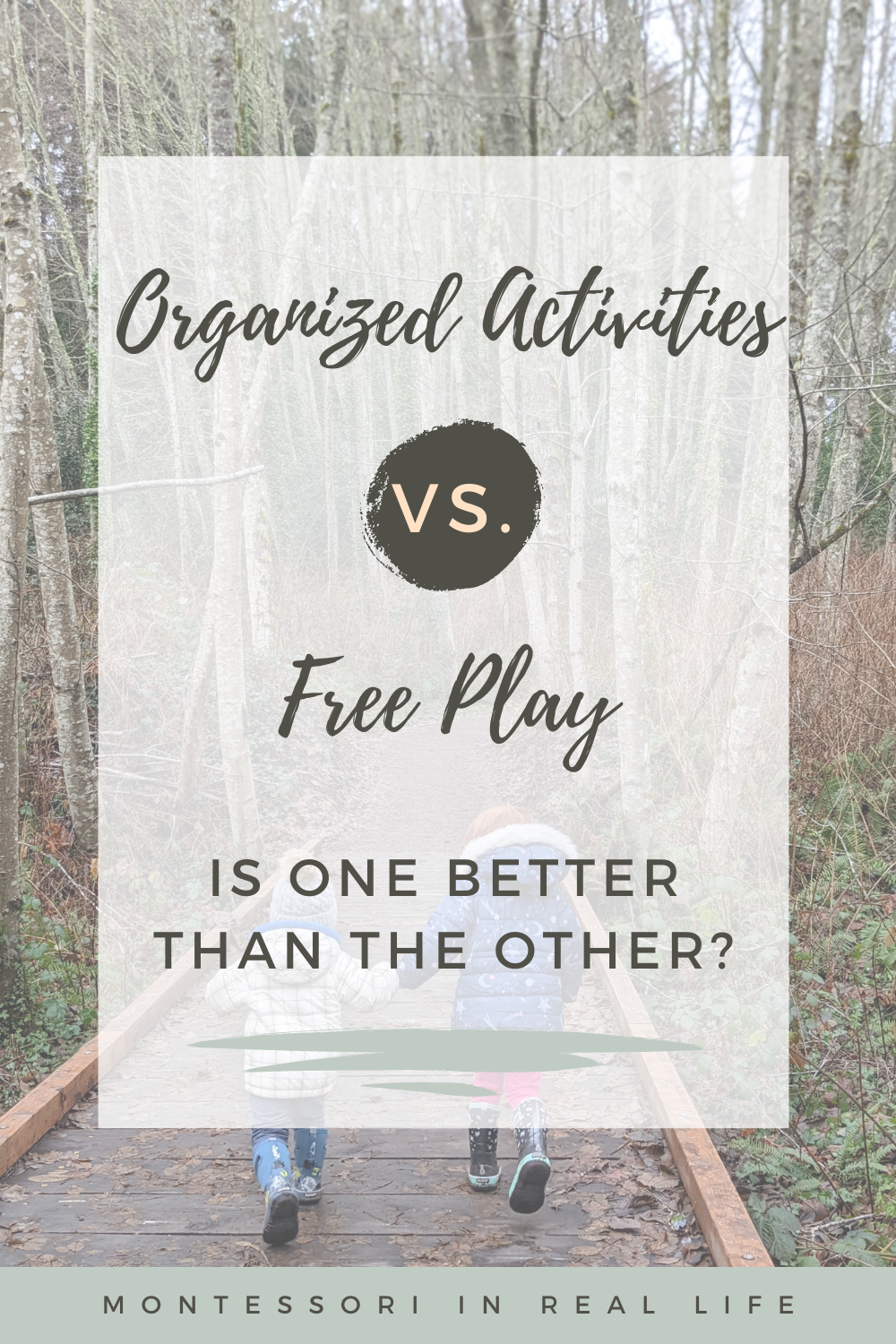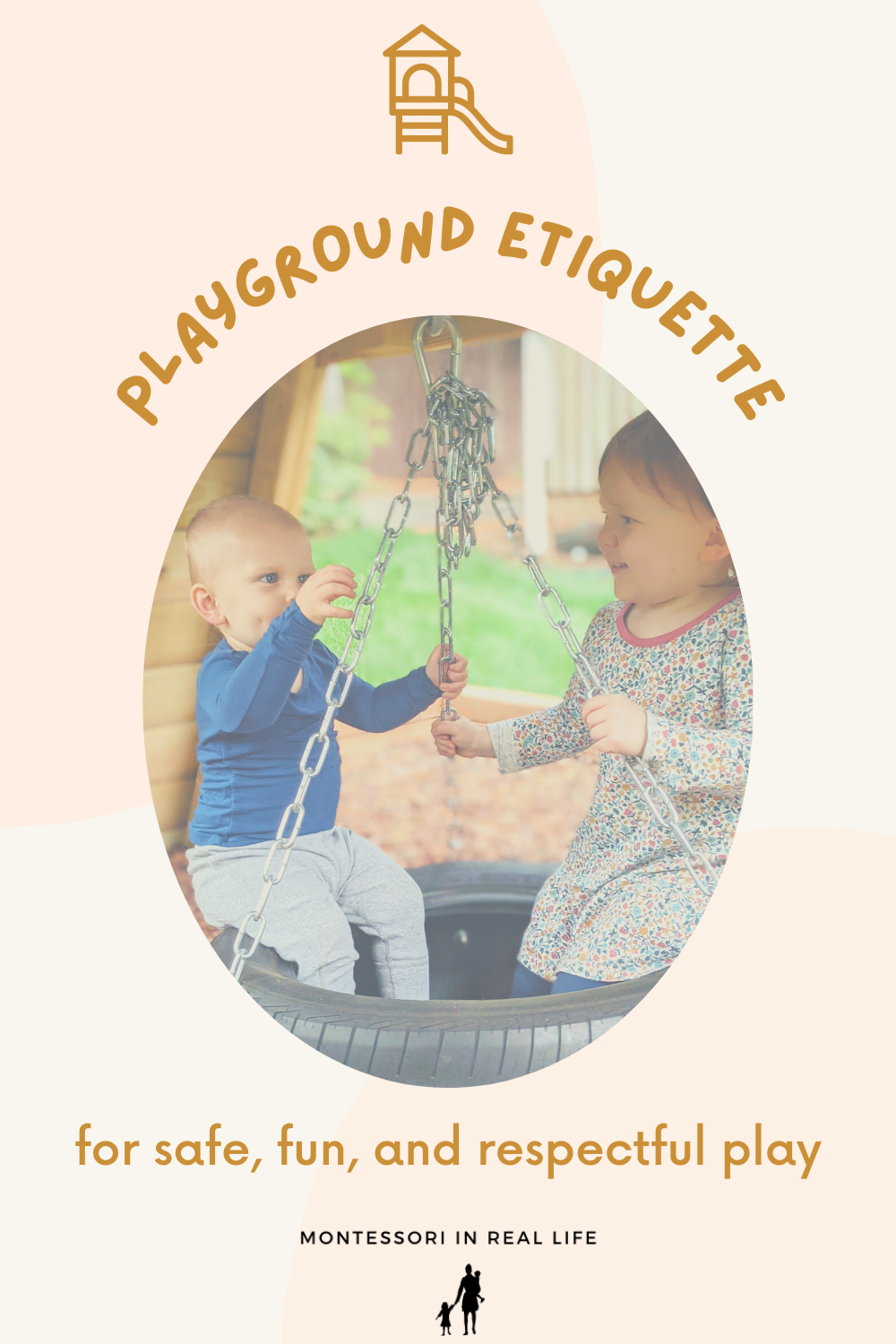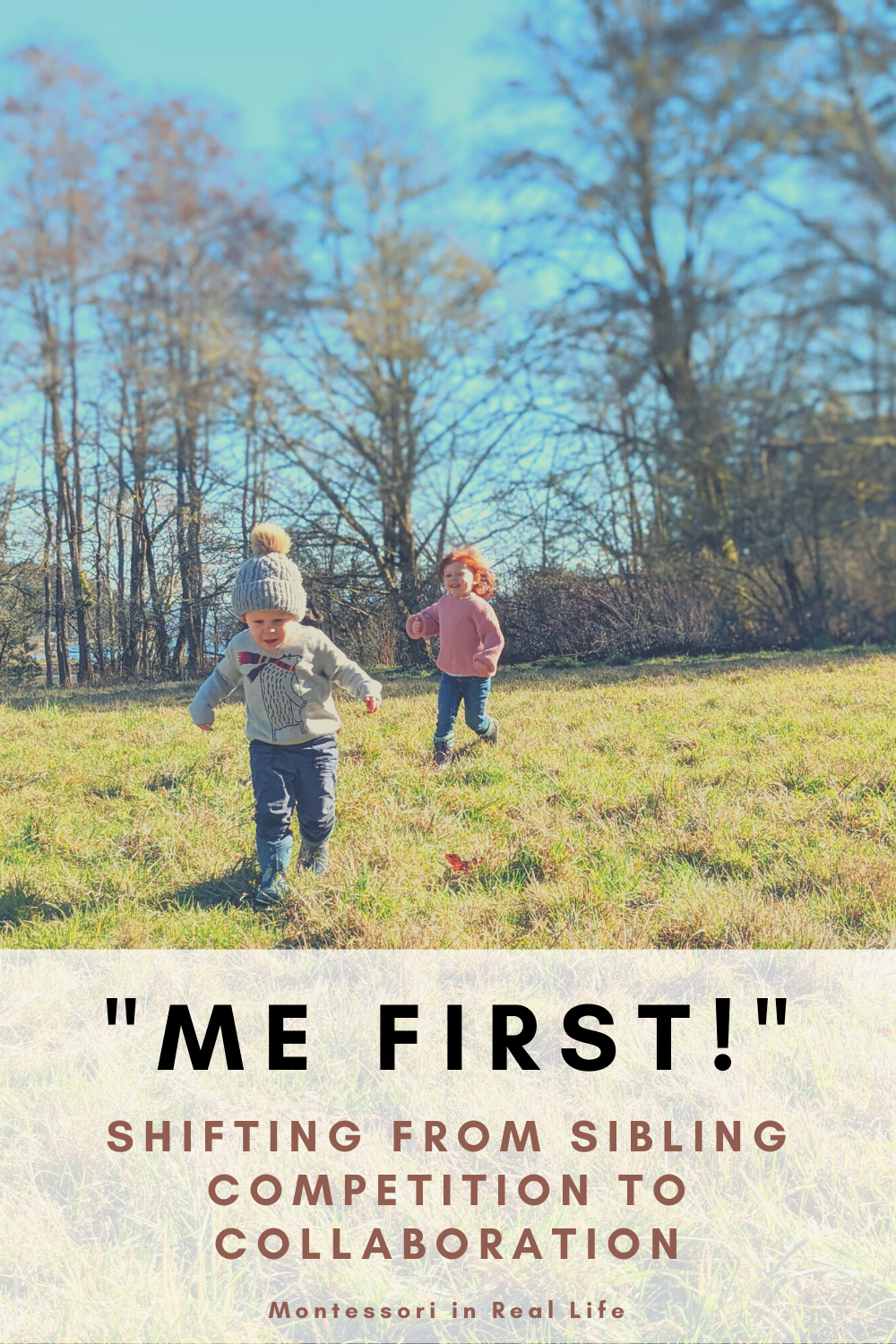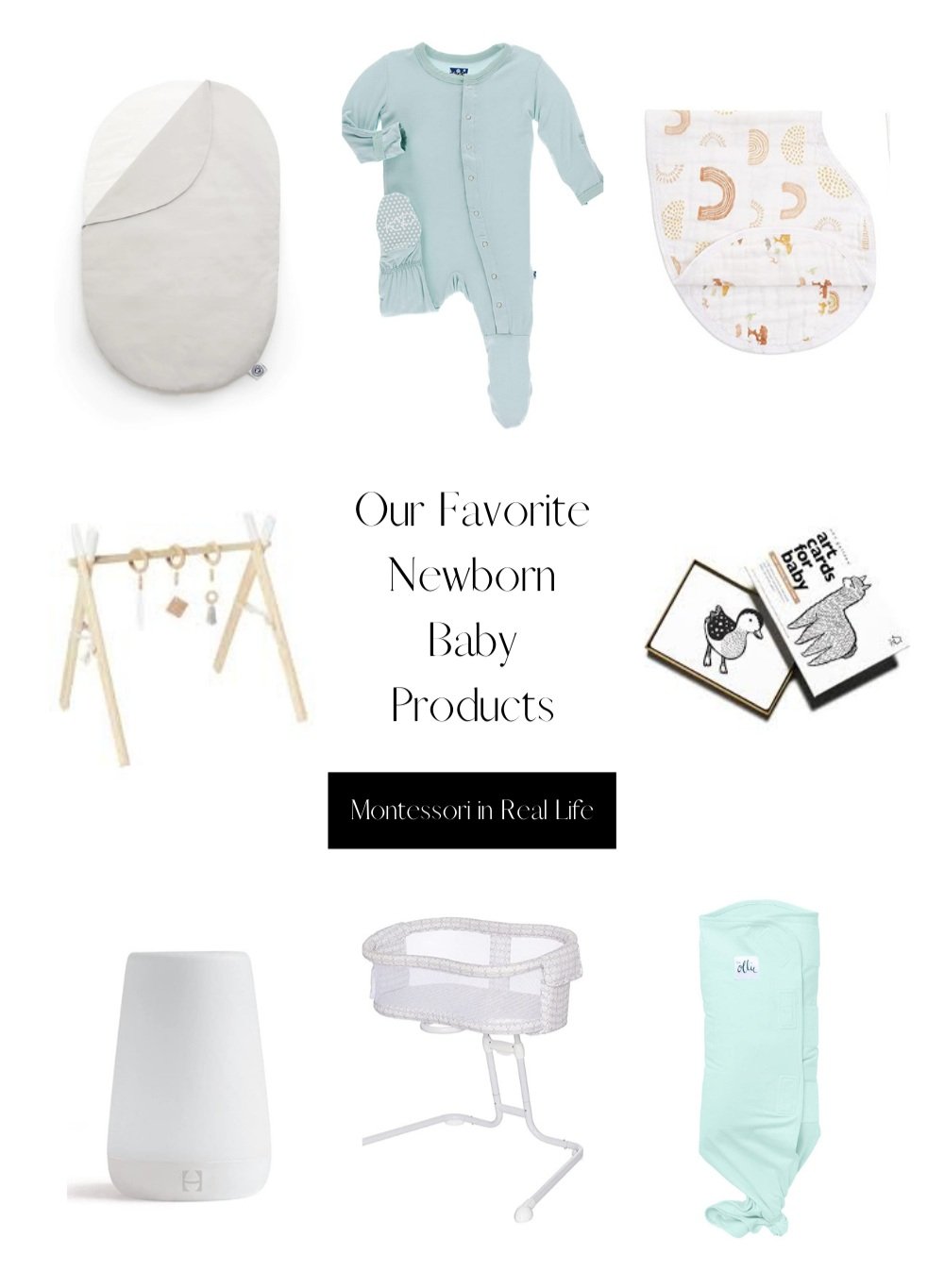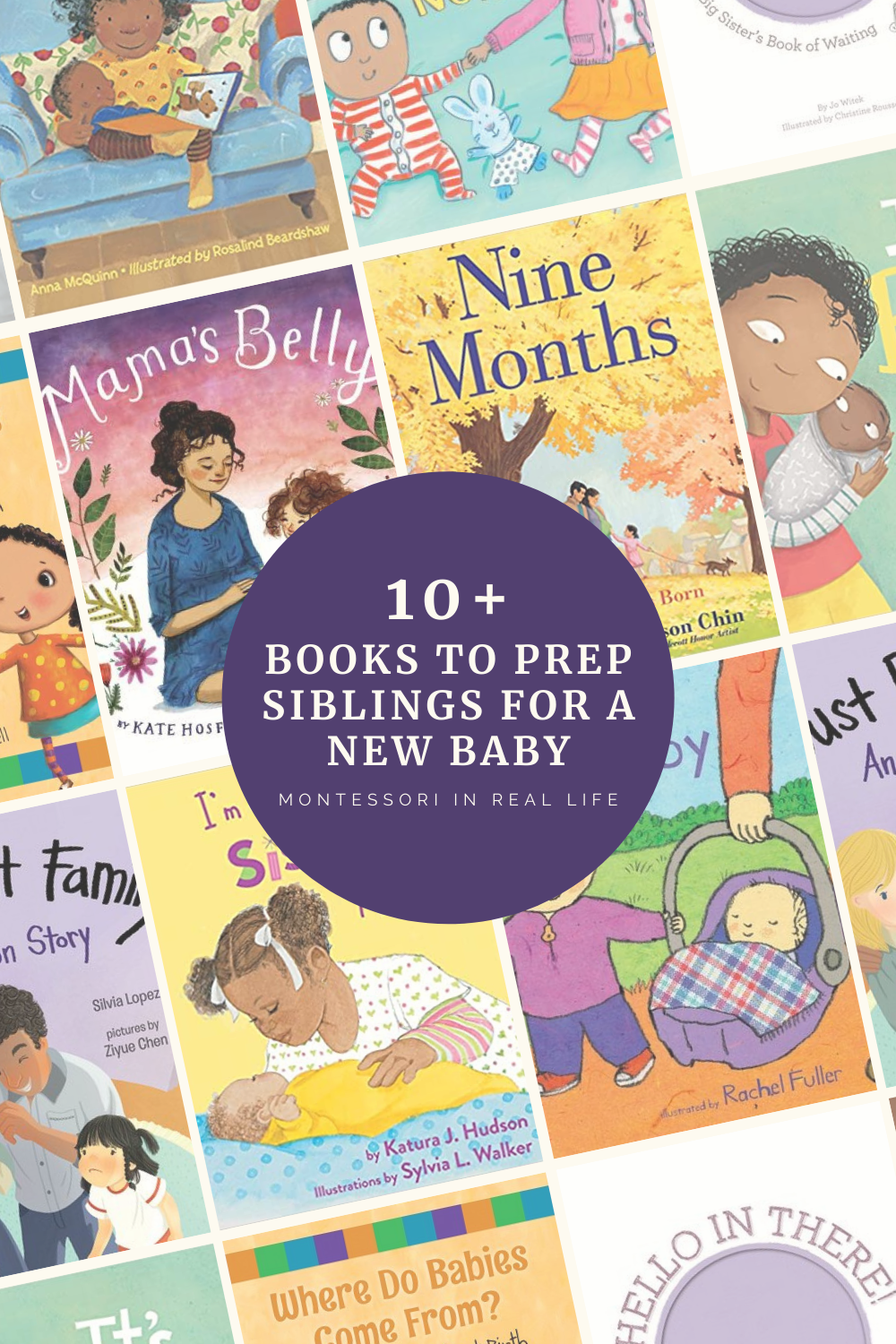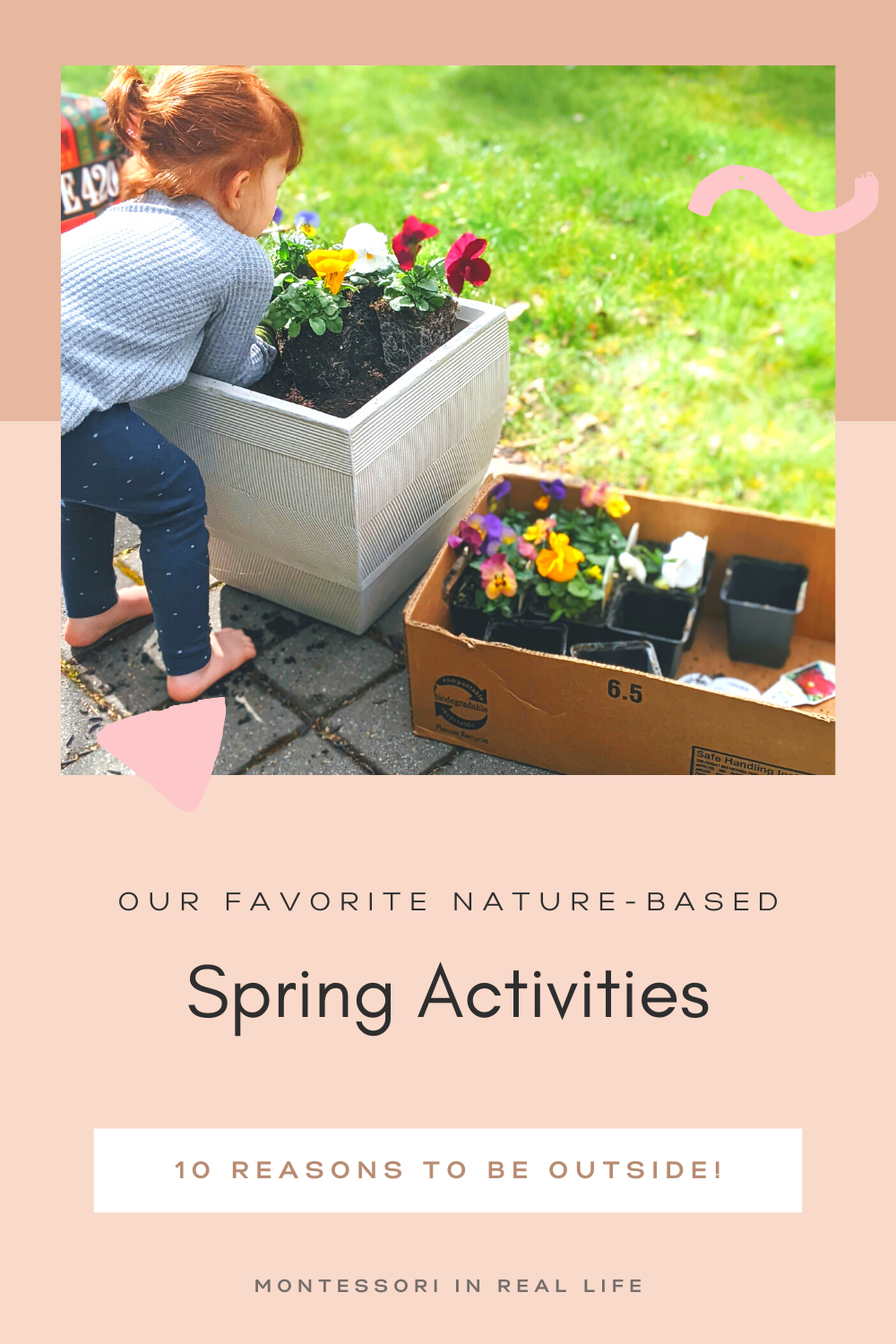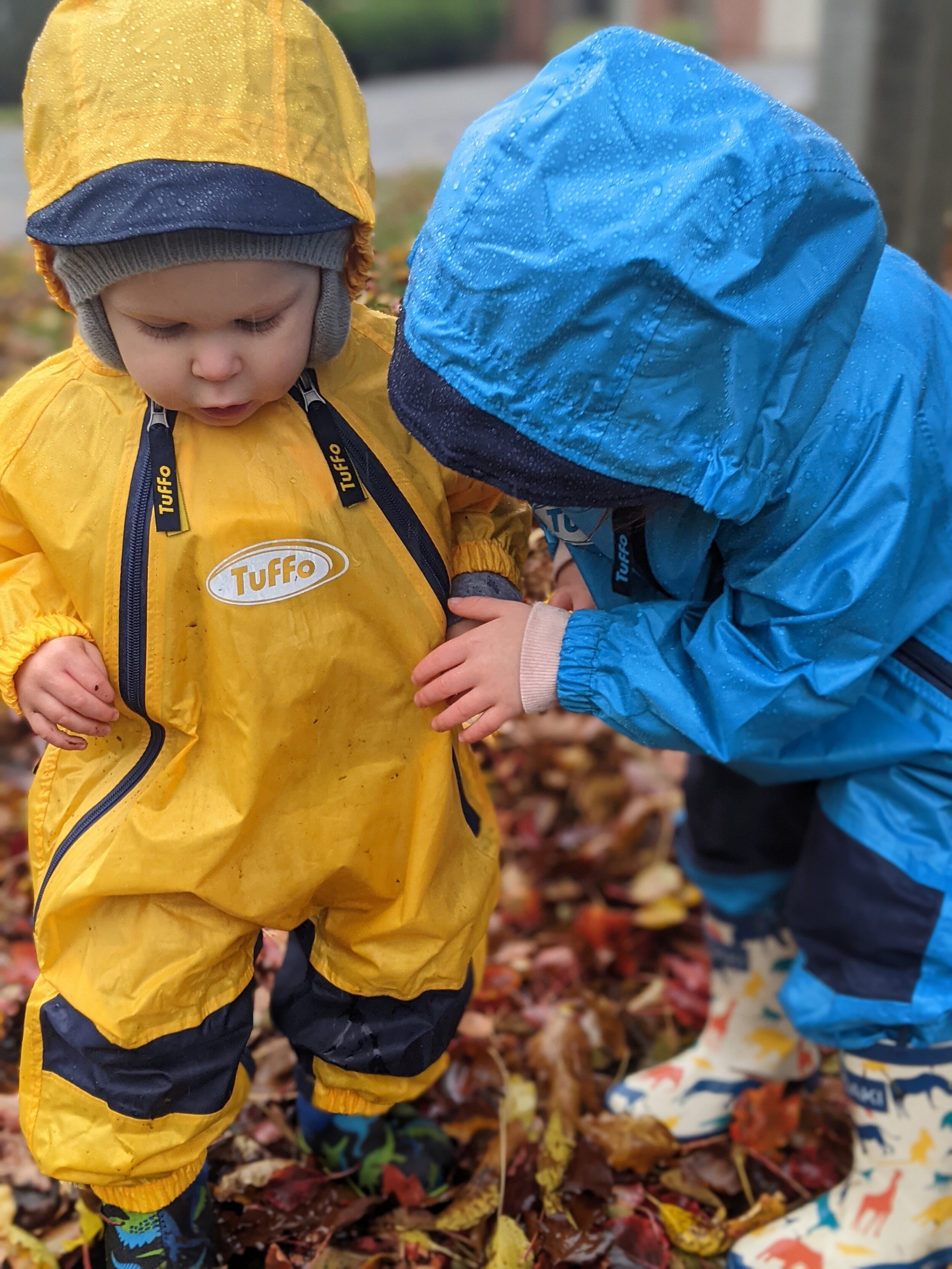"Extra" Activities vs. Free Play
Montessori in Real Life
Do I sign my toddler up for that gymnastics class or just let them jump off cushions at home? Is my child going to be behind if I don’t sign them up for a music class? What if I benefit from these classes as much as my child? Does this activity align with Montessori? These are the types of questions that I often hear from parents of young childen and questions I’ve even asked myself.
Let’s first talk about how organized activities might fit in with Montessori. This isn’t a simple answer. Some Montessori families are involved in a variety of extra activities/sports/classes and some families none. It’s a personal choice, but one that should be the child’s as much as the adult’s. And by no means are any organized activities necessary for young children. I’ll share how we think about it in our family.
If you’ve been here a while, you won’t be surprised to hear that we try to find a balance of planned activities and free time, leaning more heavily on the free. I want my children to have plenty of time and space to independently explore and discover. This, however, doesn’t rule out other activities. This spring, the kids are each signed up for one weekly class. We offered a few options for them to choose from that fit with our schedule and weren’t a huge time commitment. D chose dance (continuing from fall and winter) and S chose soccer. In addition, we take the kids to the pool once a week and S to an gymnastics open playtime when D is still in school. Beyond that, their free time is spent playing, often independently and with each other. That might be at home, in our backyard, with friends, or at local parks and playgrounds.
Different families will make different choices that fit their needs and schedules. I can see clear benefits to both organized activities and free play that are worth laying out for those who are trying to decide what feels “worth it”. I’d also like to add that although babies and toddlers can’t always choose to be involved in an activity, they can be really beneficial to parents who might otherwise not have social opportunities (oh hey, pandemic). It’s okay to consider yourself in these decisions!
Organized Activities
Learning or building on a new skill
Following directions from a new adult
Stepping out of comfort zone
Expending energy
A special weekly outing
Time with new peers
Opportunity to meet other parents
Free Play
Doesn’t cost anything
Endless room for creativity
Open exploration and discovery
Free movement
Opportunity to grow in independence
Time with family or friends
No time constraints
Although our family prioritizes free play above all else right now, I recognize that the kids may choose to be involved in more organized activities when they are in elementary school and beyond. As with all things parenting, priorities and interests shift with time, and different circumstances necessitate different choices!
